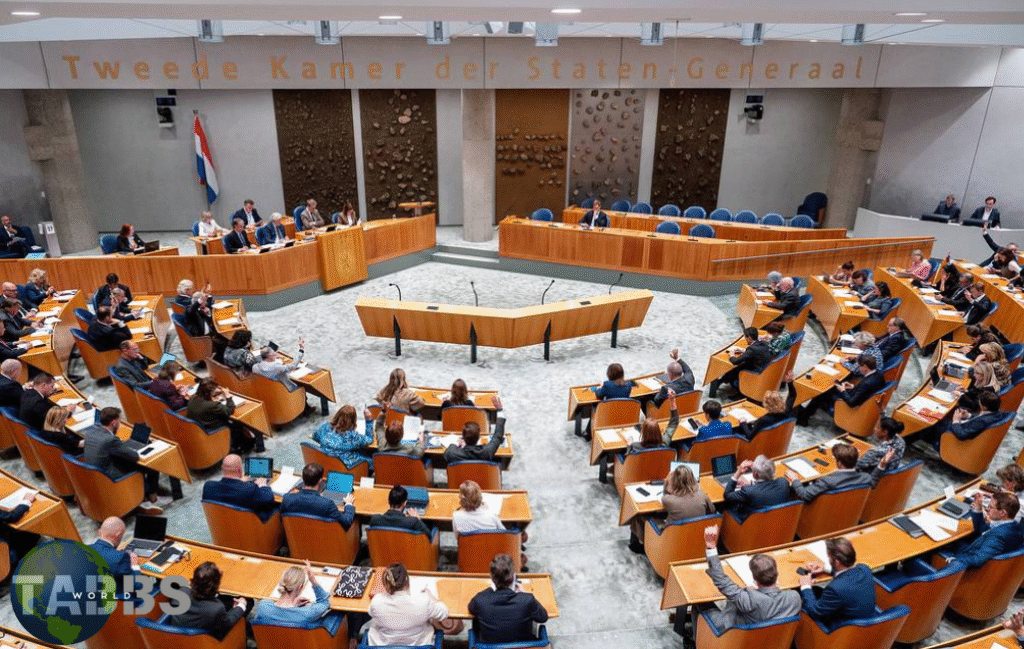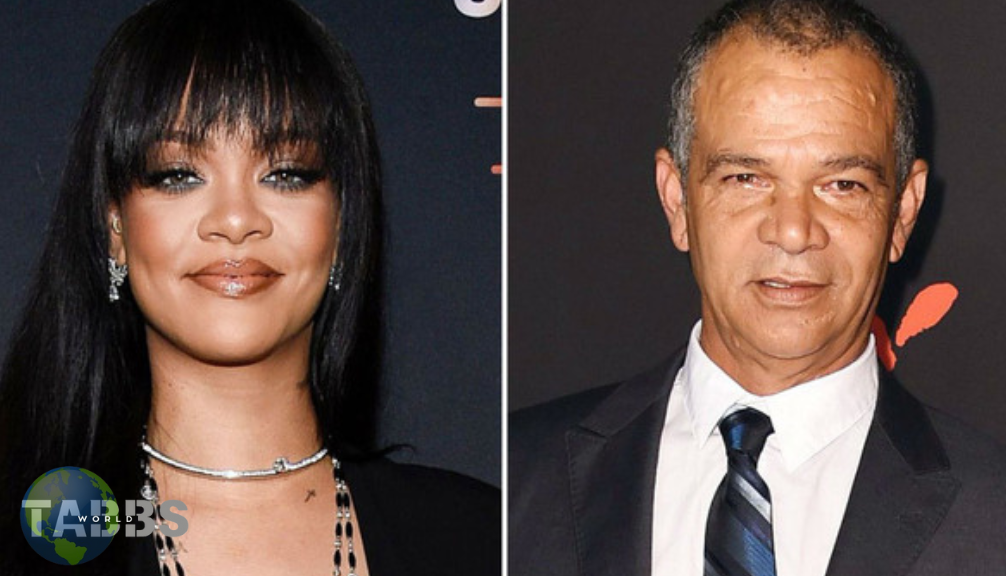Before a party member is selected as a running mate for a presidential candidate, they go through a vetting process. The process aims to root out claimants’ darkest secrets that their family, friends and other acquaintances are hiding.
This is done to avoid any potential future conflict if a presidential candidate is elected to the White House and their running mate assumes the role of vice president.
The process can be taxing and extensive, as Senator Tim Kaine attested to during former President Barack Obama’s presidential campaign in 2008 and again in 2016 when he was selected as Hillary Clinton’s running mate. .
“It’s very intense,” the senator was quoted as saying by USA Today. He added that when colleagues who are going to be tested every election cycle, they come to him for advice.

Kaine said the process can be surprisingly thorough and thorough — even for senators and governors — who are already scrutinized in statewide races and everything about the candidate’s life. It will be known.
This sentiment was echoed by Representative Byron Donalds, who was one of eight possible contenders to become Donald Trump’s running mate this year.
As quoted by USA Today, Donalds called the process “very interesting” and “a process that takes a deep dive into every decision you make in life.”
Several Democrats are still going through the vetting process as the current US vice president prepares to run for the White House and has yet to reveal his running mate.
The vetting process is extensive and usually takes months before a party member is deemed fully fit for the role. But for Kamal Harris, the process has accelerated because it’s only been two weeks since President Joe Biden ended his campaign and endorsed him as VP for the White House.
Seven members of the Democratic Party have been vetted and were on the shortlist, including Pennsylvania Governor Josh Shapiro, U.S. Senator Mark Kelly from the District of Arizona, Minnesota Governor Tim Walls, North Carolina Governor Roy Cooper, Michigan Governor Gretchen Whitmer and Governor of Illinois.

However, Cooper dropped out of the race, saying his Republican lieutenant governor would challenge his authority if he campaigned out of state, which he would have to do as Harris’ running mate.
Whitmer also stated that she plans to serve as Michigan’s governor until the end of her term, which is in 2026.
Harris’ campaign will announce his running mate by early next week.
What is the vetting process for a vice presidential candidate?
The vetting process involves a thorough investigation into the candidate’s personal, professional, and political background to uncover any potential issues that could cause future conflicts.
Why is the vetting process important?
It ensures that any potential issues or secrets about the candidate’s life are discovered and addressed before they assume the role of vice president, to avoid conflicts and controversies.
How extensive is the vetting process?
The process is very thorough and can be taxing, often taking months. It involves scrutinizing every aspect of the candidate’s life, including their decisions, relationships, and background.
Who undergoes the vetting process?
Potential running mates for presidential candidates, including senators, governors, and other political figures, are subject to this process
Can you give an example of someone who has gone through the vetting process?
Senator Tim Kaine went through the vetting process during Barack Obama’s presidential campaign in 2008 and again in 2016 when he was selected as Hillary Clinton’s running mate
Who are some of the Democrats currently undergoing the vetting process?
Candidates include Pennsylvania Governor Josh Shapiro, U.S. Senator Mark Kelly, Minnesota Governor Tim Walls, North Carolina Governor Roy Cooper, Michigan Governor Gretchen Whitmer, and Illinois Governor J.B. Pritzker.



